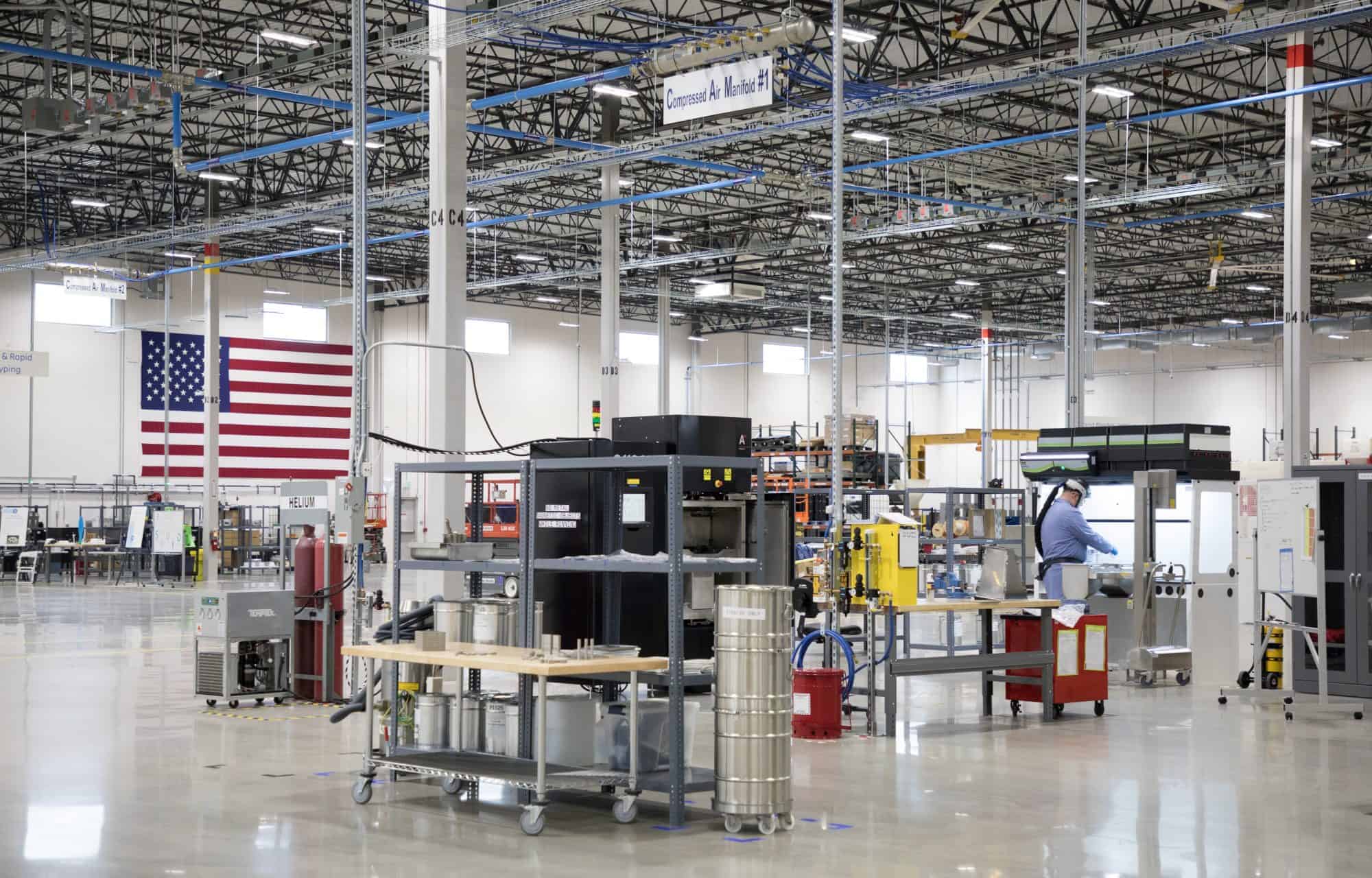How Manufacturers Can Strengthen Supply Chains’ Resilience

Since the onset of COVID-19 in 2020, supply chains have faced extraordinary challenges around the world. In the midst of shortages and disruptions, as well as global conflicts, how can manufacturers ensure that they receive the materials they need and deliver their products on time?
At a recent NAM event, attended by more than 75 executives from both manufacturing companies and association partners, Supply Chain Insights Founder Lora Cecere addressed the question of how the industry can build resiliency into the supply chain of the future. Here’s some useful advice from her keynote speech, called “Supply Chain Workshop: Connecting and Securing the Supply Chain for 2030.”
Defining resilience: As Cecere noted, in many cases manufacturers may have different ideas about what resilience represents—and it’s important to settle on a clear definition.
- “I define resilience as the ability to have the same cost quality and customer service given the level of demand and supply variability,” she said.
Differentiating supply chains: While most manufacturers talk about the supply chain as a unified system, Cecere encouraged participants to differentiate various kinds of supply chains from one another.
- “We have responsive supply chains that are all about time—things like flu vaccines and bathing suits,” which must be shipped during certain seasons, Cecere observed.
- “And then there’s the agile supply chain, which is very low volume and not predictable. We can’t measure that in the same way we measure the efficient supply chain, but we need to manage flow.”
- “We don’t have just one supply chain. We have multiple supply chains,” she emphasized.
Putting customers at the center: As businesses design and adjust their supply chains, customers can get lost in the equation, Cecere cautioned. In one exercise she has used in her research, she asks participants to draw a supply chain—and the results she’s received show how many manufacturers are leaving out an important piece of the puzzle.
- “Most people will start with a truck, smokestack, then a factory, a mill,” said Cecere. “But isn’t the supply chain really about the customer? And how do we align the customer from the customer’s customer to the supplier’s supplier? … The role of the supply chain is the delivery to the customer.”
Using data effectively: According to Cecere, about 80% of supply chain data is not used. She encourages manufacturers to look creatively at the wide range of data available to generate useful insights.
- “We’re not looking at all the data we have, and we’re not thinking hard enough about how we use it,” she said.
Developing purple unicorns: Cecere encouraged participants to develop teams of “purple unicorns”—people with strong supply chain domain knowledge who can also innovate—and allow them to test new ideas and learn from failure.
The last word: “Supply chain excellence is not functional excellence—it is the ability to drive outcomes,” said Cecere. “This cannot be about the lowest cost; this has to be about the best potential of flow for cost, quality, customer service and inventory.”
Learn more: For more information, check out the full presentation here.
